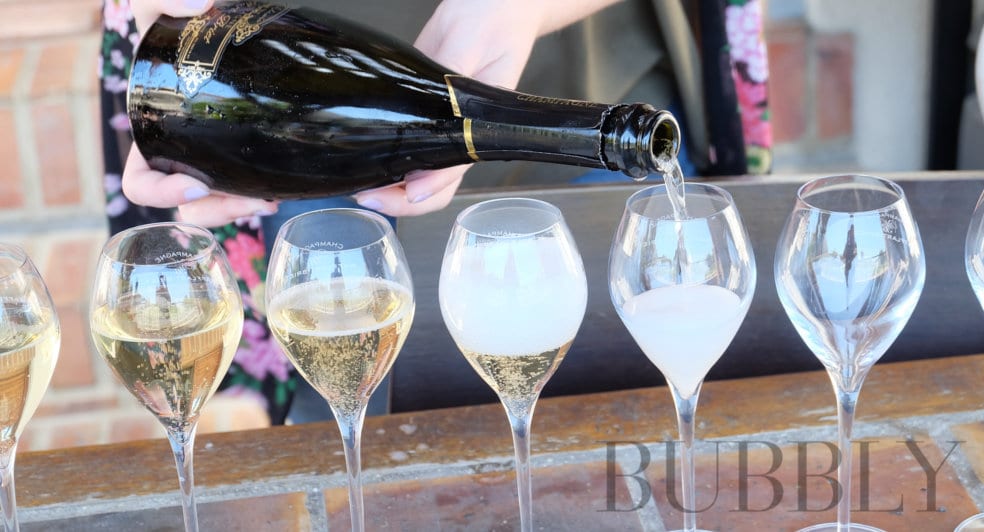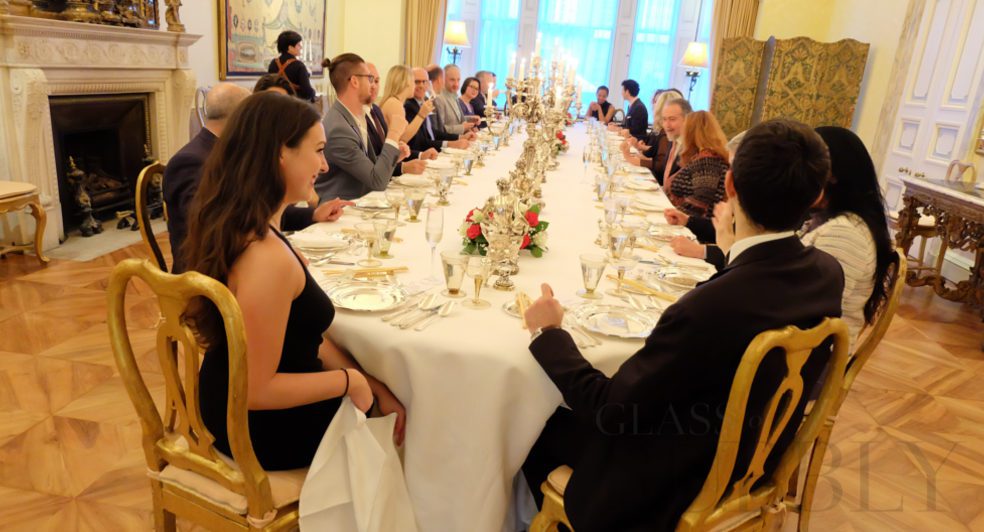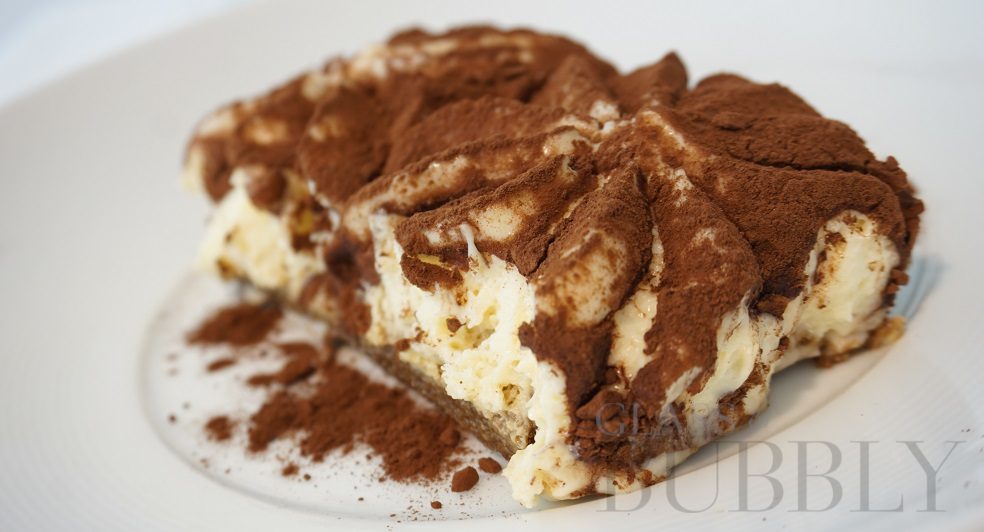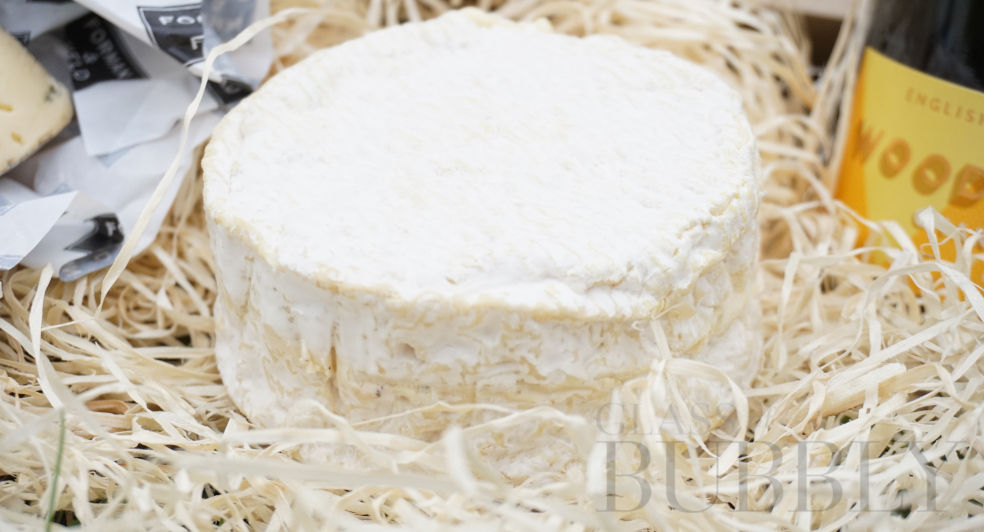Sparkling Wines – From Seafood To Steak – The Perfect Food Wines
4th April 2023

Sparkling wines are so much more than aperitif wines, don’t keep them just for the toast at a wedding. They are versatile food wines, pairing beautifully with some of our favourite dishes. When I heard the President of Champagne Salon & Delamotte, at a Decanter event many years ago, say he always had Champagne with his steak, I knew I had to rethink the conventional food and wine pairings for sparkling wines.
What better excuse for some research.
With its refreshing acidity, fun fizziness and fruitiness, you can understand why many food and wine pairing recommendations plant sparkling wines squarely with aperitifs and lighter dishes like seafood and fish. However, we are missing some exquisite combinations if we stick only to those foods.
Let’s delve a little deeper

When we drink wine with a meal, the wine influences how we perceive the food and vice versa. With food and wine pairing we are looking to take advantage of the positive influences (avoiding the negative ones) and gain more pleasure from consuming them together than if we had consumed them separately.
The great thing about food and wine pairing is that there is no right answer.
People are individuals, with different sensitivities to things like bitterness or chilli heat. This together with personal preferences means there is no one-size-fits-all when it comes to food and wine pairing.
A great example is hot spicy food. Chilli heat is that warming, burning sensation in the mouth. Like the burning sensation you can get from wines with high alcohol. Wines recommended for hot spicy foods are usually low alcohol white wines, wines which won’t add to the heat from the food.
However, this is where personal preferences come into play. If you are someone who loves hot food, can’t get enough spiciness, then a high alcohol wine which enhances the spiciness of the food will be your ideal wine pairing.
Some useful principles can help guide us.
There are three factors to consider in food & wine pairing, weight, flavour intensity and flavour characteristics.
The weight and flavour intensities of the food and wine are best when they are balanced, so one does not overwhelm the other. Hence why we wouldn’t normally think of having (light fruity) sparkling wine with (intense, weighty) steak. But this is where the versatility of the traditional method comes into its own. More on that later.
With flavour characteristics you look to complement the flavour characteristic of a dish with the same characteristic in the wine.
For example, sweet wines are recommended with sweet desserts and puddings. Why? Because sweet foods make dry wines less fruity, draining them of flavour. These foods are best paired with wines with a higher sweetness level than the food.
Contrast, don’t complement
There are some wonderful wine and food pairings where instead of complementing the characteristics in the wine and food, we contrast them.
This is where sparkling wines come into their own.
Sparkling wines: the best wines with fried or creamy dishes

With their high acidity and bubbles, sparkling wines contrast deliciously with creamy foods. Creamy foods like fish or chicken pie, creamy crunchy Caesar salad or a rich risotto coating the mouth. The high acidity in sparkling wine cuts through this, refreshing the taste buds and offering a wonderful contrast to the food.
The effervescence and high acidity in sparkling wine also cuts through the fattiness in fried foods making for an ideal pairing.
Sparkling wines and fried chicken are a great combination. As is the classic combination of Champagne and fish and chips.
However, with the rise in quality of British sparkling wines, I think we need to update that classic combination. Instead making it British sparkling with fish and chips. It is Britain’s national dish after all.
British fizz has super high acidity (it’s our cooler climate) which makes it particularly interesting when paired with creamy dishes and fried foods.
Every food has a sparkling wine type

Sparkling wines come in several types. From lighter wines where their fruitiness is the dominant feature, through to rich, highly complex wines. This gives us a range of wines to pair with a wide range of dishes.
Fruit-forward sparkling wines
Sparkling wines where the fruit flavours are the dominant characteristic are lighter bodied with light to more intense fruit flavours.
Examples include tank method Prosecco from Italy, and early drinking traditional method sparkling like French Crémants and fruity Champagnes.
As well as being the archetypal aperitif wines, these are ideal with lighter weight and lighter intensity foods like seafood and fish. Cold cut meats also work well, as do salads, lighter risottos, and pasta dishes.
Meats like pork which have a fruitiness to them, as well as dishes which contain dried fruits like lamb or chicken Tagines, can also work well with these styles of sparkling wines, so long as you go for a wine with more intense fruit flavours. Otherwise, the flavour of the food will overwhelm the flavours of the wine.
Pairing these styles of sparkling wines with a lamb Tagine has an added benefit. Lamb is quite a fatty meat, and the acidity and effervescence will cut through that fattiness offering an added contrast to the complementary fruit flavours.
Complex, rich sparkling wines
The traditional, Champagne method of making sparkling wines is where wines of great complexity, depth of flavours and richness of texture can be found. This is where we enter the world of sparkling wines which pair beautifully with umami-rich dishes, the intensely savoury flavours found in game, steak, and blue cheese.
With these traditional method wines, the wines are left on the lees (the fine dead yeast cells left over when fermentation stops) for longer, leading to the development of more complex flavours. The biscuit, pastry, brioche flavours which add to the intense fruitiness of the best sparkling wines.
It is only once the wine has spent twelve months on lees that you get those delicious hints of biscuit and pastry. Once you get to three years and more the complexity of flavours turns these wines into a totally different style of sparkling wine.
Leaving the wine in contact with the lees also adds to the texture of the wine, many years on lees gives sparkling wines a richer fuller body. It also makes for finer, more persistent bubbles, which also adds to the texture.
If you bottle age (after the lees have been removed), then tertiary characteristics develop, like dried fruit, nuts, and honey, adding yet more complexity to these wines.
From this you can start to see how long lees ageing combined with bottle ageing can produce sparkling wines with the intensity, complexity, weight, and texture to pair with the richest of foods.
Of course, only the finest grapes and the best base wines get this treatment. With so much work and time spent in creating this type of wine they can be some of the most expensive.
Knowing this, it is perhaps not surprising that the President of Champagne Salon & Delamotte always has Champagne with his steak. After all, he does have access to some of the best Champagnes.
An ideal BBQ wine.

Enjoyed on a sunny summers’ day, the refreshing acidity of sparkling wines, and the (mostly) lower alcohol are ideal in warmer weather.
When it comes to the food, BBQs are a full-on flavour party. With their rich mix of flavours, textures, sauces, and accompaniments. No meat, fish or veggie is out of bounds with a BBQ.
One element that stands out for me with a BBQ is the fruitiness of the sauces, this with the sweet, caramelised charring on the foods (assuming your BBQ chef stops before getting to the burnt stage) means that fruity sparkling wines work best with BBQs, like Prosecco or a refreshing Crémant.
Sparkling Shiraz is also a great choice with a BBQ. With its intense red and black fruits, spices, and smoky notes from oak it combines fantastically well with the rich flavours of BBQ. However, beware! They tend to have high alcohol so watch how much you drink on a hot day.
Desserts and puddings

The high acidity and effervescence of a sparkling wine cuts through the creaminess and rich fattiness in many desserts.
Here is where we need to remember one of our food and wine pairing principles. If you pair a dry sparkling wine with your dessert, the sweetness of the food will strip away the fruitiness of the wine and make it feel even drier.
Sparkling wines are made at all sweetness levels. A fruity sweeter style of Champagne is a great choice.
One of my favourite sparkling wines for desserts is the great value Asti Spumante. It is a wonderful wine enjoyed with all kinds of fruity creamy desserts. With its intense fruit and sweetness, it is wonderful with pavlova, Eton mess, ice cream sundaes, crème caramel, panna cotta, to name just a few.
For pastries, chocolate desserts and richer puddings, sweeter (off-dry/medium dry) sparkling red wines work well, like Sparkling Shiraz or Lambrusco.
Lambrusco has higher acidity which will feel more refreshing, helping to cut through the richness of the dessert.
Select a frizzante if you would prefer less fizziness at the end of your meal. It will also have the benefit of being lower in alcohol.
Don’t forget the cheese

For creamy, lighter flavoured cheese, refreshing fruity sparkling wines pair well. As cheeses mature and become more intense in flavour, perhaps with the savoury umami flavours found in blue cheeses then you need to look for richer more complex traditional method sparkling wines. A good quality off-dry Sparkling Shiraz is also a great option with richer cheeses.
As I hope you can see from this article, there truly is a sparkling wine for every dish.
![]()
Janne Hallinan DipWSET
Founder of How2 Enjoy Wine. Wine writer (DipWSET), presenter and educator. Focused on helping people find the perfect wine, & advice on food and wine pairing.
